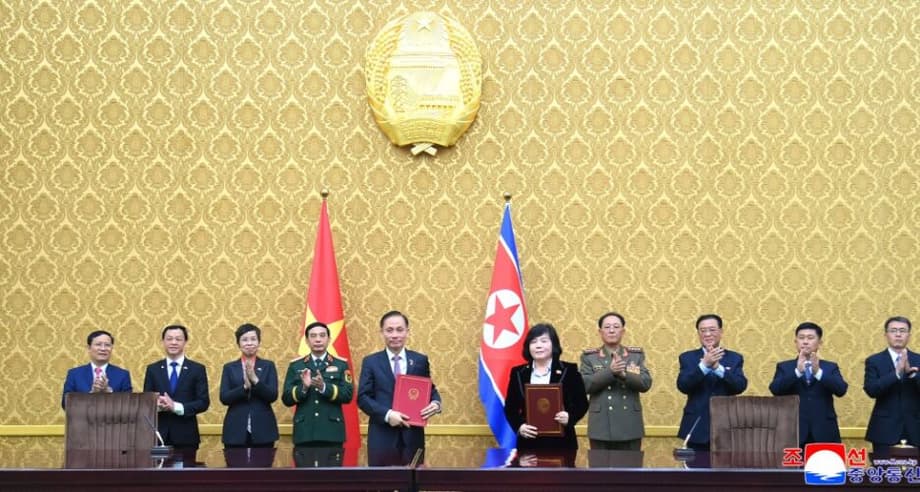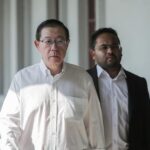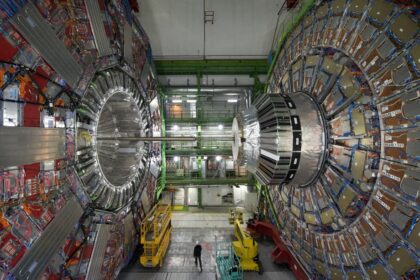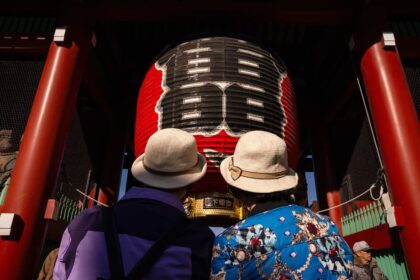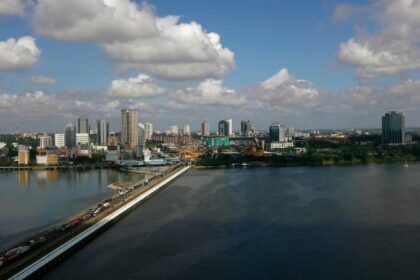Why this rare signing matters now
North Korea and Vietnam signed a new set of cooperation documents in Pyongyang on October 10, capping a rare visit by Vietnamese Communist Party chief To Lam and signaling a careful deepening of ties between two long time partners. The ceremony at Mansudae Assembly Hall brought together top officials, including the foreign and defense ministers from both sides, and came during commemorations for the 80th anniversary of the Workers Party of Korea. It marked the first trip by a Vietnamese leader to North Korea in nearly two decades.
- Why this rare signing matters now
- What exactly was signed in Pyongyang
- A visit staged amid a show of military power
- How far can defense cooperation go under UN sanctions
- Vietnam’s strategy and defense doctrine
- From wartime camaraderie to cautious engagement
- Ukraine, claimed deployments, and global scrutiny
- Health, information, and commerce: where cooperation may move fastest
- What to watch in the coming months
- Highlights
The package spans diplomacy, defense, public health, media, and commerce. It reflects a shared interest in reviving practical cooperation within the constraints of international sanctions on North Korea. For Pyongyang, it offers a public show of international engagement at a time of deep isolation. For Hanoi, it opens additional channels with a historic partner while maintaining its well known strategic balance among major powers and regional relationships.
What exactly was signed in Pyongyang
Five documents were announced. They include a cooperation agreement between the two foreign ministries, a letter of intent on defense cooperation between the defense ministries, a memorandum on health and medical science cooperation between the Vietnamese Ministry of Health and North Korea’s Ministry of Public Health, a cooperation agreement between the Vietnam News Agency and the Korean Central News Agency, and a memorandum between the Vietnam Chamber of Commerce and Industry and North Korea’s Chamber of Commerce. A letter of intent is an early framework rather than a binding treaty, often used to launch working groups and sketch areas for future activity.
Defense letter of intent
The defense document signals an intention to build channels for dialogue and exchanges between the two militaries. Details have not been made public. In practice, such frameworks can cover defense consultations, courtesy visits, and possible cooperation in areas like military medicine or disaster response. The presence of defense ministers at the signing suggests both sides want to formalize contacts that have existed off and on for years, then evaluate what is feasible under international rules.
Health, media, and trade links
The health memorandum points to cooperation in medical science, training, and public health programs. Humanitarian activity in medicine is not restricted by United Nations sanctions and has been one of the few areas where international groups continue to work with North Korean institutions. News agency cooperation typically involves content exchange, staff visits, and technical collaboration. The chambers of commerce memorandum does not override sanctions, yet it creates a channel to explore lawful trade in permitted goods and services. Both capitals already maintain mechanisms like deputy foreign minister consultations and an intergovernmental committee on economic, trade, scientific, and technical cooperation that can support follow through.
A visit staged amid a show of military power
The signings coincided with a large military parade in Pyongyang that featured an array of advanced systems. North Korea displayed what it calls the Hwasong 20 intercontinental ballistic missile, along with hypersonic and cruise missiles, a new type of multiple rocket launcher, and a launcher linked to so called suicide drones. Chinese Premier Li Qiang, Russian Security Council deputy chair Dmitry Medvedev, and Vietnam’s To Lam watched alongside Kim Jong Un on the reviewing stand.
North Korea’s leader delivered remarks that praised the military and, according to the state account, referenced troops on overseas operations. KCNA’s framing of the speech presented the parade as evidence of national strength and readiness.
“The army should continue to grow into an invincible entity that destroys all threats.”
Medvedev, who met Kim in Pyongyang, used his appearance to underscore the tightening Moscow Pyongyang relationship. In the North Korean account of their talks, he credited North Korean personnel for support to Russia’s war effort in Ukraine. That claim could not be independently verified in Pyongyang and remains contested outside official narratives.
‘The sacrifice of North Korean soldiers fighting for Russia in its military campaign in Ukraine proved the trust in relations between the two countries.’
How far can defense cooperation go under UN sanctions
United Nations Security Council resolutions since 2006 prohibit the export and import of arms and related material to and from North Korea. They also ban technical training, services, or assistance that could advance North Korea’s military capabilities, along with many forms of financial support tied to weapons programs. These rules are binding on all UN member states, including Vietnam.
Within those limits, governments can still pursue defense diplomacy that does not transfer weapons or enhance military capacity. That can include policy consultations, military medicine training with a humanitarian focus, attendance at conferences, or disaster relief coordination. Any cooperation that veers into training on combat systems, provision of military equipment, or sharing of dual use technologies would risk violating sanctions. Vietnam has generally applied UN measures in its dealings with North Korea and is expected to calibrate any defense engagement with care.
Vietnam’s strategy and defense doctrine
Hanoi follows a long stated principle of multilateral, independent relations often described as bamboo diplomacy. Its 2019 defense white paper outlined four nos: no military alliances, no siding with one country to oppose another, no foreign bases in Vietnam, and no use or threat of force. The same document left room for deeper defense ties when national interests require them, and it encouraged broad cooperation that supports peace and stability.
Russia has been Vietnam’s principal source of major arms for decades, yet sanctions on Moscow after the full scale invasion of Ukraine, and supply chain pressures on Russian industry, have complicated that channel. Hanoi has been diversifying, expanding ties with the United States to a comprehensive strategic partnership in 2023 and building security cooperation with India, Japan, South Korea, and European partners. Engagement with North Korea will likely be limited and carefully framed to avoid friction with key partners.
From wartime camaraderie to cautious engagement
Vietnam and North Korea established diplomatic ties in 1950 and long emphasized party to party solidarity. Vietnam’s late party leader Nong Duc Manh visited Pyongyang in 2007. Kim Jong Un’s trip to Hanoi for the 2019 summit with the United States reconnected the two capitals after a long lull and included meetings with Vietnamese leaders.
This year marks the 75th anniversary of their diplomatic relationship, and the two governments have designated 2025 as a Friendship Year. Over the decades, they have signed documents in culture, health, civil aviation, judicial assistance, investment promotion and protection, and avoidance of double taxation. Dialogue mechanisms, including deputy foreign minister level consultations and an intergovernmental committee, have kept the relationship alive despite sanctions that restrict commerce and technology exchange.
Ukraine, claimed deployments, and global scrutiny
Allegations that North Korea has supplied Russia with munitions and missiles for use in Ukraine have drawn sharp criticism from the United States, South Korea, and partners. Ukrainian authorities have reported missile debris with components linked to North Korean designs, and Western governments have sanctioned firms and networks accused of moving artillery shells and rockets from North Korea to Russia. Any country that expands defense contacts with Pyongyang faces heightened attention from these governments.
Claims that North Korean troops have deployed to Ukraine have surfaced in remarks by Russian officials and in North Korean messaging, but they lack independent confirmation. Vietnam has not commented on such claims. Hanoi’s calculus would weigh reputational costs and legal risk carefully. Any Vietnam North Korea defense activity that strayed into operational training or weapons technology would collide with UN rules and Vietnam’s own policy of strategic balance.
Health, information, and commerce: where cooperation may move fastest
Public health collaboration is the least controversial area. The health memorandum could enable joint work on disease surveillance, maternal and child health, tuberculosis control, and training for medical staff. Sanctions include humanitarian carve outs for medicine and food, and both countries have incentives to share experience on low cost interventions and primary care delivery. A stable channel for medical engagement also supports disaster response planning and communication.
Information and business links are secondary but meaningful. Cooperation between the Vietnam News Agency and KCNA will likely involve content exchange and professional visits. The chambers of commerce memorandum is exploratory. It cannot unlock banned trade, yet it can map lawful transactions in permitted categories and build contact among business entities. Past bilateral agreements have included civil aviation, and the new political warmth could revive technical conversations on air links if conditions allow, although no new aviation pact was announced with this batch of documents.
What to watch in the coming months
Observers will look for concrete steps under the defense letter of intent, such as the creation of a working group, a schedule for defense policy dialogues, or visits by military medical teams. Health delegations and training seminars would signal movement on the public health memorandum. Media cooperation could be visible through joint productions or staff exchanges. The chambers of commerce may convene to identify areas of permitted trade, likely focused on humanitarian goods and services not covered by sanctions.
International reaction will matter. If the defense track stays within diplomatic and non combat boundaries, the risk of sanctions issues is low. If activities encroach on restricted areas, partners could push back. Hanoi’s approach typically prizes predictability and legal compliance, so any growth in this relationship is likely to be measured, with an emphasis on public health, information sharing, and structured dialogue rather than hardware or tactics.
Highlights
- Vietnam and North Korea signed five cooperation documents in Pyongyang on October 10 across diplomacy, defense, health, media, and commerce.
- The defense ministries agreed on a letter of intent to frame future cooperation, with details not publicly disclosed.
- Public health agencies signed a memorandum on medical science and health collaboration, an area generally permitted under UN sanctions.
- News agencies and chambers of commerce established cooperation mechanisms, though any trade must comply with sanctions.
- The signing took place during celebrations for the 80th anniversary of the Workers Party of Korea and a major military parade in Pyongyang.
- Kim Jong Un praised the military in a speech at the parade, while Russian official Dmitry Medvedev hailed North Korean support for Russia’s war effort, a claim that remains unverified independently.
- UN sanctions restrict any military assistance to North Korea, limiting the scope of defense cooperation to diplomacy and non combat areas.
- Hanoi is expected to calibrate engagement carefully, in line with its four nos defense policy and its broader strategy of balanced relations.


